A term that almost sounds pleasing, strawberry legs are a common skin condition that affects the appearance of the legs. It causes the skin to develop dots or dark spots that resemble the seeds on the surface of a strawberry. These spots are usually caused by ingrown hairs, clogged pores, dead skin, or oil glands filled with oil.
Strawberry legs can also result from different skin issues, including keratosis pilaris and folliculitis. While genetics and skin care habits all play a role in the appearance of strawberry legs, many people do not realize that nutrition can significantly affect overall skin health, including the legs. A diet loaded with the right foods can help strengthen the skin barrier, decrease inflammation, and boost natural exfoliation. In this guide, we extensively explore the best foods to eat and avoid for strawberry legs.
Jump to:
How can nutrition influence strawberry legs?
While there are external treatments for reducing the appearance of strawberry legs, nutrition is a potent internal strategy that helps to heal and boost skin health from within. Nutrition can significantly influence strawberry legs because the condition is mostly associated with poor hydration, keratin buildup, clogged pores, and skin inflammation.
Poor nutrition can worsen skin texture, causing irritation and leading to strawberry legs. Consuming foods that are rich in beneficial nutrients and vitamins, such as vitamins C, A, and E, can help support the skin’s ability to renew itself and maintain hydration. Foods high in omega-3 fatty acids and water content can help boost skin elasticity and moisture, reducing irritation and the appearance of pores.
Moreover, proper nutrition aids in the regulation of sebum production, boosts healthy hair growth, and promotes detoxification, all of which decrease the risk of ingrown hairs and clogged pores. Fundamentally, nutrition is a powerful tool in any skincare regimen to boost silky smooth skin and decrease the risk of skin conditions.
Top 8 foods for strawberry legs
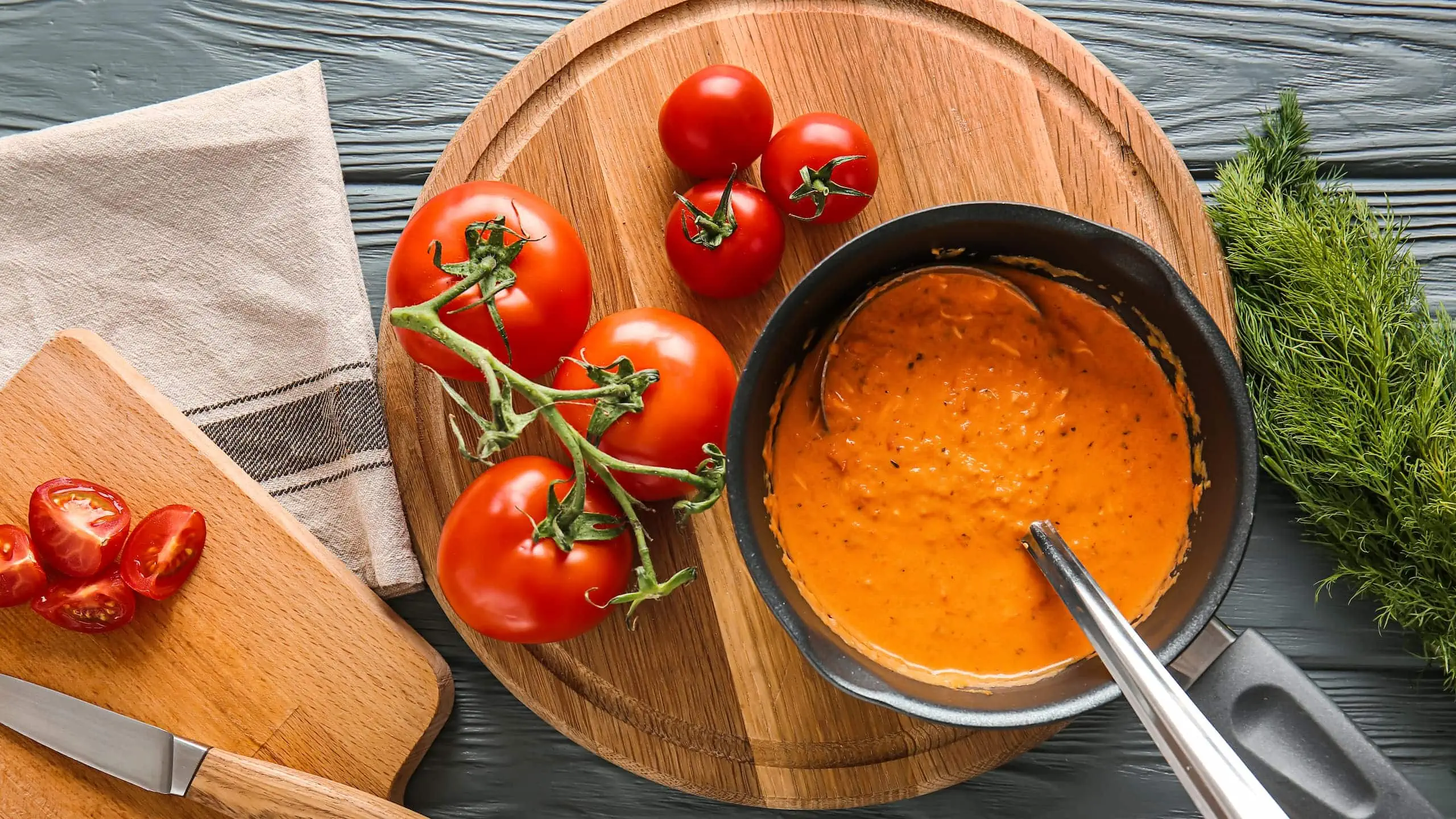
1. Tomatoes
Tomatoes are a nutritional powerhouse for the skin and are exceptionally beneficial for strawberry legs. Tomatoes are one of the richest sources of lycopene, an antioxidant that is responsible for their red color. Lycopene helps to combat free radicals that damage skin cells and worsen inflammation. For strawberry legs, this means decreased redness and calmer, clearer skin. Lycopene also helps to protect the skin from UV damage that can worsen the dark appearance of spots and pores.
Moreover, tomatoes are rich in vitamin C, which is important for the production of collagen and skin healing. Collagen helps to promote skin firmness and structure and reduces the appearance of enlarged pores. In addition, vitamin C supports the repair of damaged skin and decreases hyperpigmentation.
2. Salmon
Another food that can help alleviate the symptoms of strawberry legs and promote silky smooth skin is salmon. The omega-3 fatty acids in salmon possess strong anti-inflammatory qualities that help to calm irritated hair follicles and decrease the redness and swelling that come with strawberry legs. Omega-3 fatty acids also aid in the regulation of skin oil production, preventing clogged pores.
In addition, salmon is rich in vitamin D, which helps to regulate skin cell growth, supporting skin cell turnover that ensures dead skin does not accumulate and clog follicles, which is a common cause of strawberry legs. Adequate vitamin D levels can also help to decrease inflammation and boost a healthier immune response within the skin.
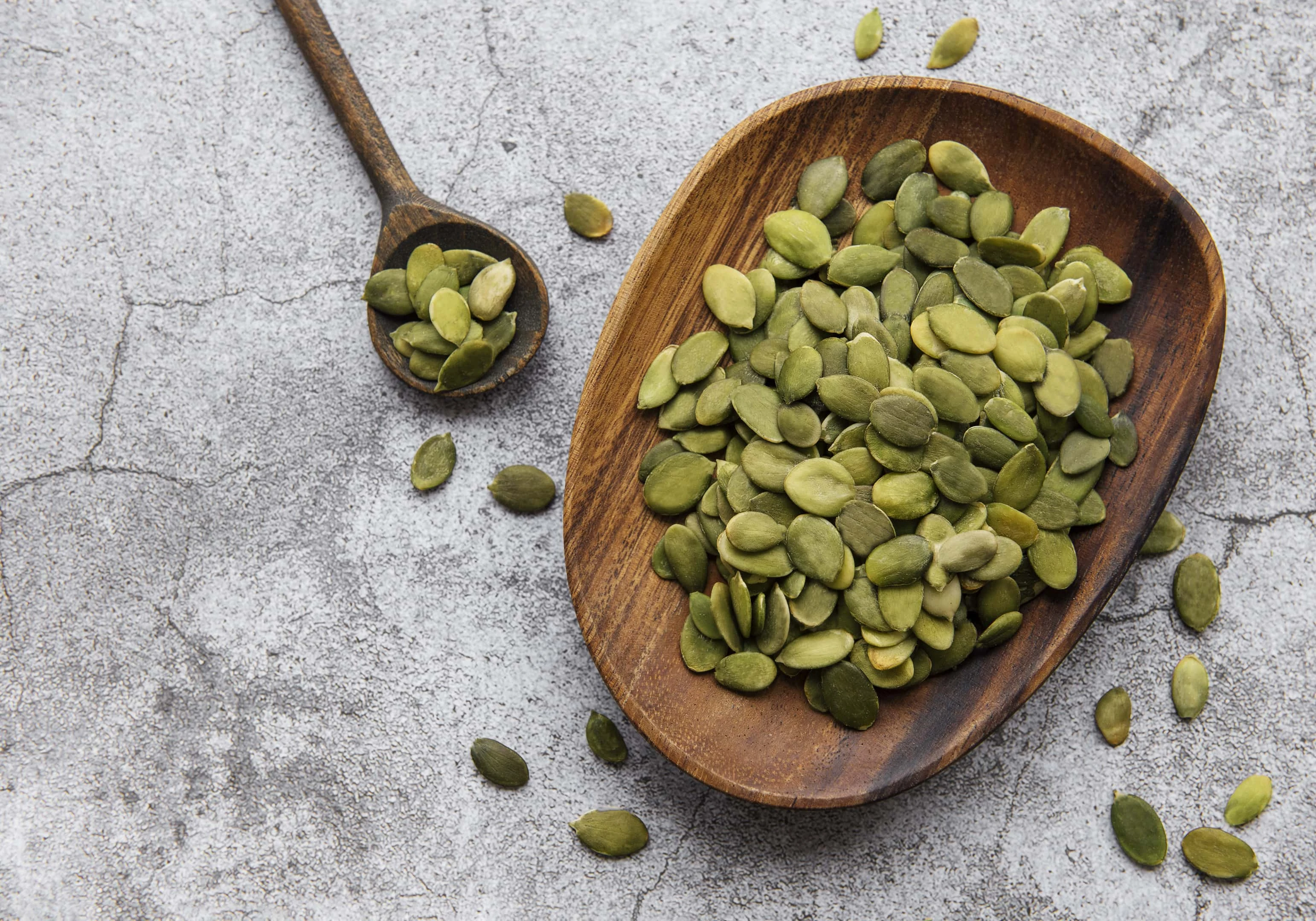
3. Pumpkin Seeds
Also called pepitas, pumpkin seeds are packed with skin-nourishing nutrients, particularly beneficial for decreasing the appearance of strawberry legs. Pumpkin seeds are rich in zinc, which is important for reducing inflammation, controlling oil production, and fighting bacteria that cause acne. Zinc also promotes faster healing, helping to alleviate the irritation from shaving bumps or ingrown hairs.
Pumpkin seeds also contain magnesium, which aids in the regulation of blood flow and promotes detoxification. These advantages help to boost the skin’s natural ability to regenerate and eliminate dead skin, preventing the clogged follicles that lead to strawberry legs. These seeds also contain healthy fats that help strengthen the skin’s lipid barrier, helping to boost skin elasticity.
4. Almonds
More than a delicious snack, almonds are a superfood loaded with powerful antioxidants and nutrients. Almonds are exceptionally rich in vitamin E, which plays a major role in repairing and hydrating skin. It helps to decrease the appearance of dark spots and boost the skin’s ability to heal after irritation. This is most beneficial for the dotted spots that are caused by keratosis pilaris or folliculitis.
Furthermore, almonds are a natural source of biotin, which supports the production of fatty acids, which help to nourish the skin. This helps prevent ingrown hairs while also promoting skin texture and resilience. Almonds are also rich in monounsaturated fats that lock in moisture and maintain the skin barrier; this is essential for reducing rough patches that become more noticeable with strawberry legs.
5. Cucumbers
Cucumbers are an excellent food to consume for smooth and silky skin due to their dense composition of water and antioxidants. Cucumbers are made up of more than 95% water, which helps to hydrate the skin from the inside out. Hydrated skin is less likely to experience flakiness and irritation, both of which contribute to the development of strawberry legs.
Cucumbers also contain silica, a trace mineral that boosts collagen production and strengthens connective tissue. This helps to keep your skin firm, elastic, and more resistant to irritation from shaving. Cucumbers are also rich in diverse antioxidants, including vitamin C and cucurbitacins that help soothe inflammation and shield the skin from oxidative damage.
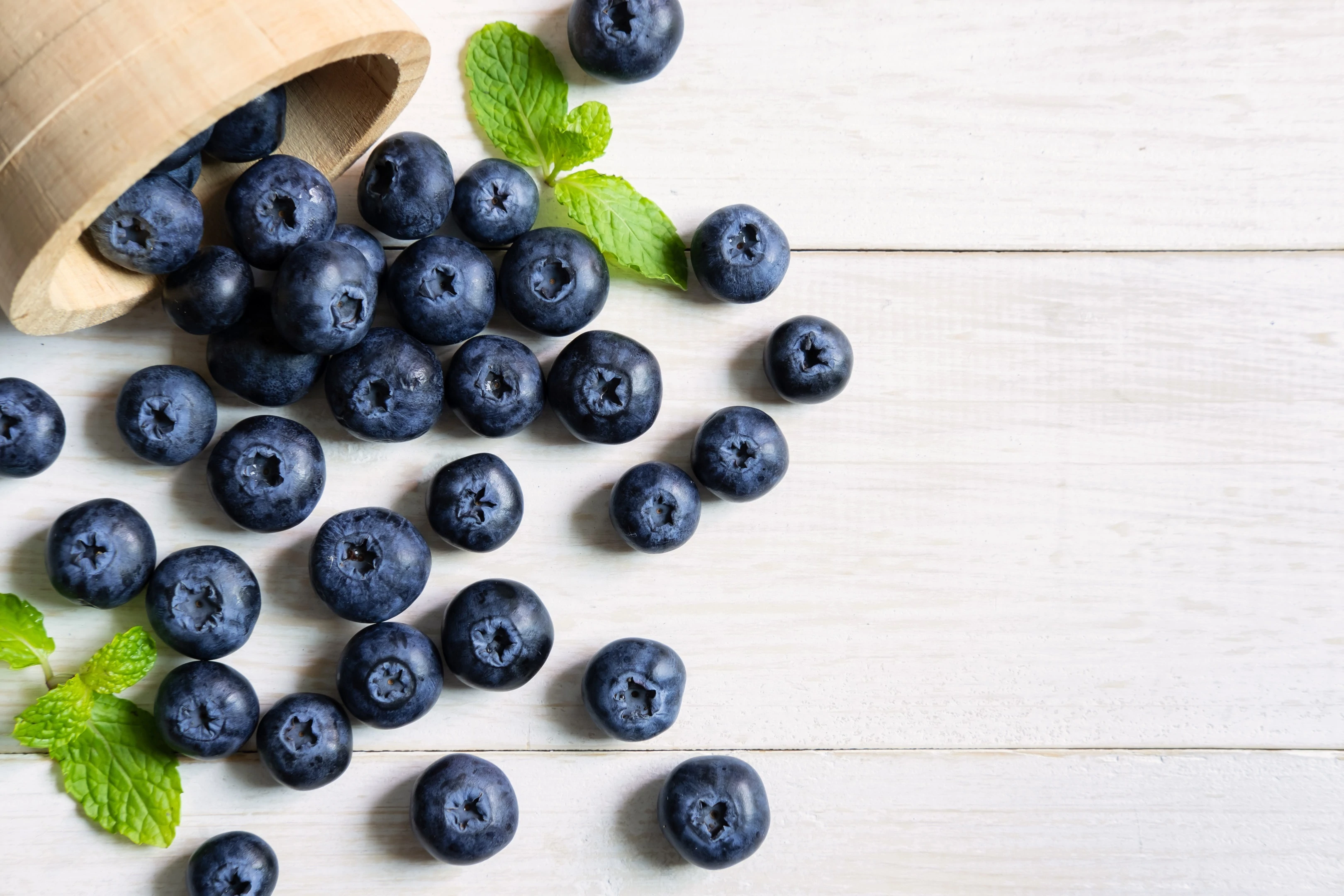
6. Blueberries
Blueberries are one of the richest sources of skin-benefitting antioxidants that help to rejuvenate and protect the skin. They are loaded with anthocyanins, powerful plant compounds that possess skin-calming and anti-inflammatory qualities, and help decrease swelling and redness around the hair follicles.
In addition, the rich composition of vitamin C in blueberries aids in the strengthening of the skin barrier, boosts collagen synthesis, and reduces the appearance of faded dark spots. This leads to smoother and even-toned legs with less visible pores. Blueberries are also rich in fiber that supports digestion and aids detoxification.
7. Carrots
Carrots are high in nutrients that boost healing and clear blemishes from the skin. Carrots are rich in beta-carotene, which the body converts to vitamin A. This vitamin promotes skin cell turnover, preventing the build-up of keratin in hair follicles, a condition called keratosis pilaris that often leads to rough bumps on legs, arms, and thighs. Moreover, vitamin A promotes follicular health, the primary key to preventing ingrown hairs and reducing the risk of strawberry legs after shaving.
In addition, carrots are rich in many antioxidants, including polyphenols that help to protect the skin from internal inflammation and external factors like pollution and UV rays. These factors aggravate strawberry legs, making the skin more sensitive and inflamed. By decreasing inflammation, antioxidants support calmer skin with reduced irritation.
8. Spinach
This leafy green is rich in diverse nutrients that work internally to rejuvenate and purify skin. Spinach is rich in folate and iron, two important nutrients that are vital for healthy blood flow and oxygen transport. Proper circulation ensures that the skin cells receive the nutrients and oxygen that they require for fast healing and function. A deficiency of iron can lead to dull skin and poor wound healing, worsening the appearance of strawberry legs.
Spinach is also high in magnesium, a nutrient that offers skin-calming qualities. Magnesium aids the regulation of body stress response and reduces systemic inflammation, minimizing skin irritation and keratin buildup. Additionally, spinach contains vitamin K, which helps to decrease discoloration. Vitamin K promotes proper blood clotting, helping to reduce the appearance of scarring and bruising.
What foods should be avoided for strawberry legs?
Just as certain foods can heal and nourish skin to decrease the appearance of strawberry legs, other foods can make inflammation worse, increase oil production, and contribute to clogged follicles. To support silky, smoother skin and decrease the appearance of strawberry legs, it is important to avoid foods that can disrupt the skin’s natural balance.
Foods to avoid for strawberry legs include sugary snacks such as soda and candy, and processed carbs like white bread. Fried foods and processed meats such as sausages and bacon should also be avoided as they can worsen inflammation. Moreover, alcohol and dairy items can lead to dehydration and skin irritation in certain people, while trans fat and excess salt intake can aggravate skin roughness, leading to undesirable skin appearance.
Conclusion
Strawberry legs are a cosmetic issue that can be frustrating, but adopting the right nutrition can significantly help boost skin health and promote healing. A diet rich in anti-inflammatory and nutrient-dense foods such as spinach, blueberries, tomatoes, carrots, and cucumbers can aid the nourishment of skin from within, leading to healthier pores and smoother skin texture. In addition, avoiding sugary, processed, and inflammatory foods can help reduce rough, bumpy legs.

A writer passionate about wellness, nutrition, and intentional living. She creates engaging, research-based content that empowers readers to live healthier lives. Through every article, she brings clarity, inspiration, and a touch of everyday practicality. Read more about Juliana.

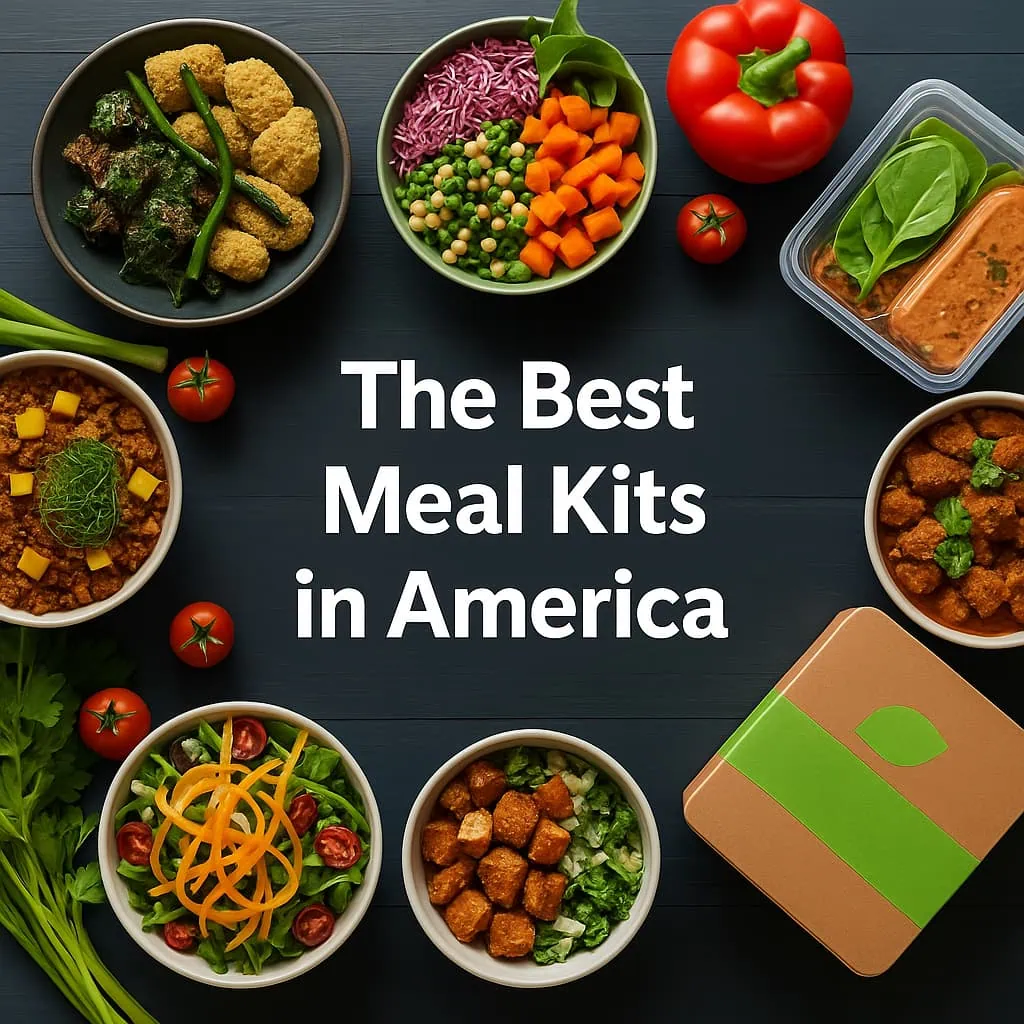
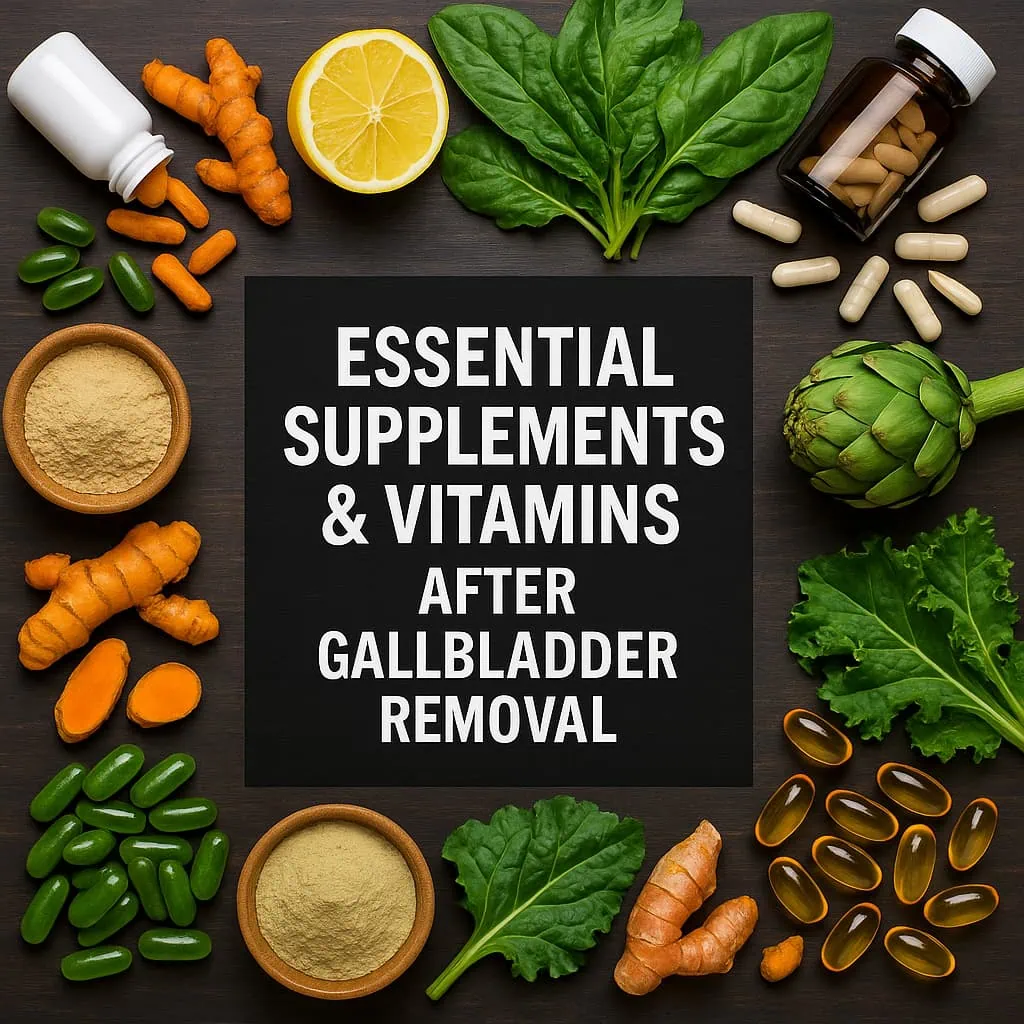
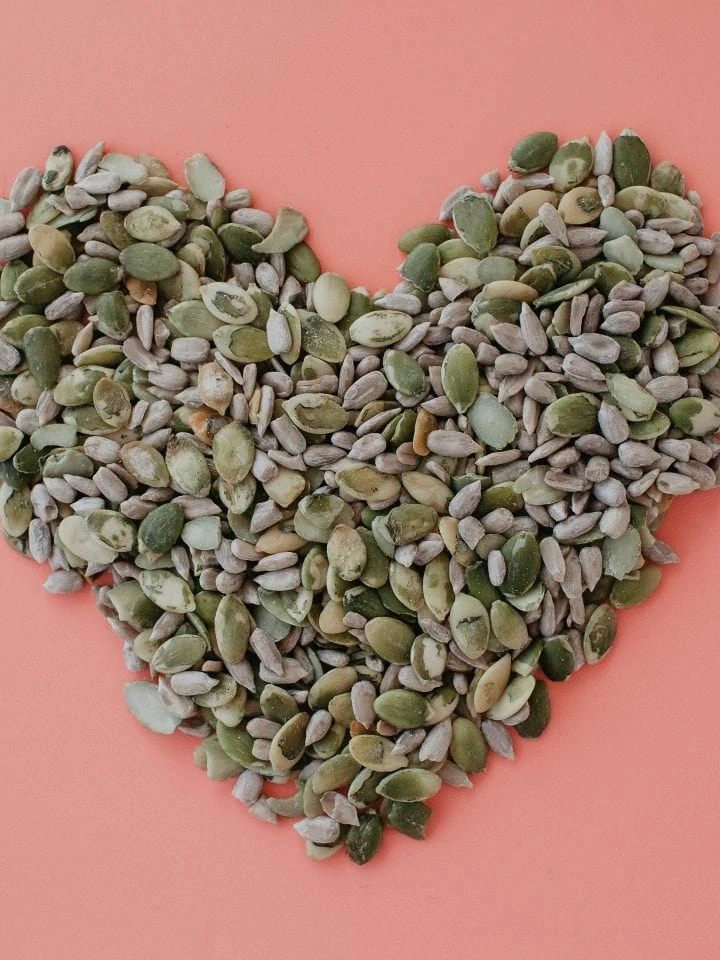
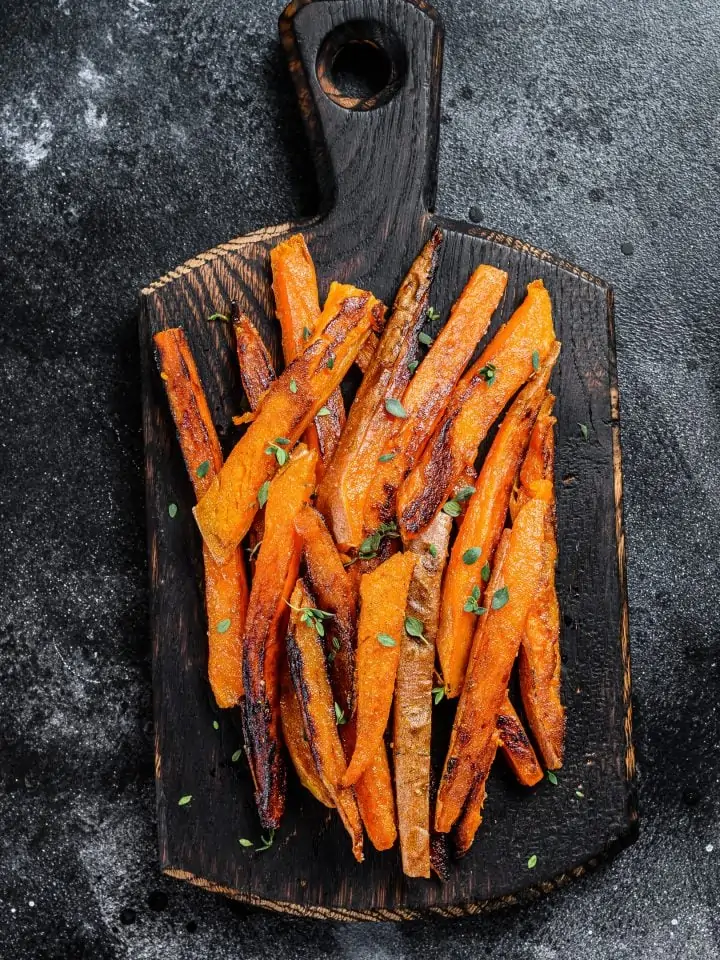
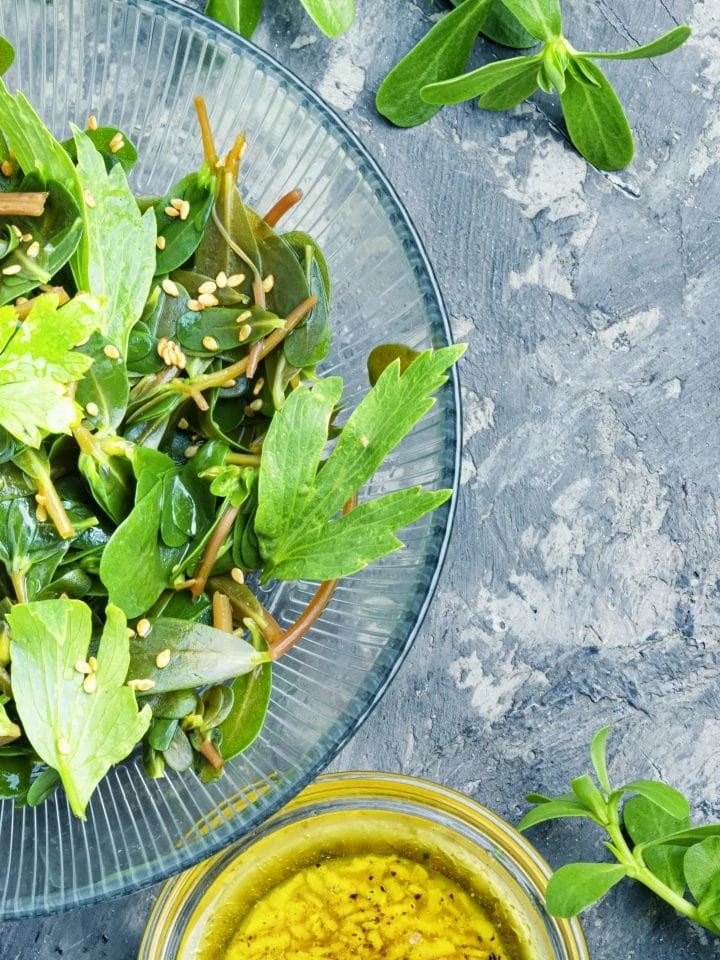
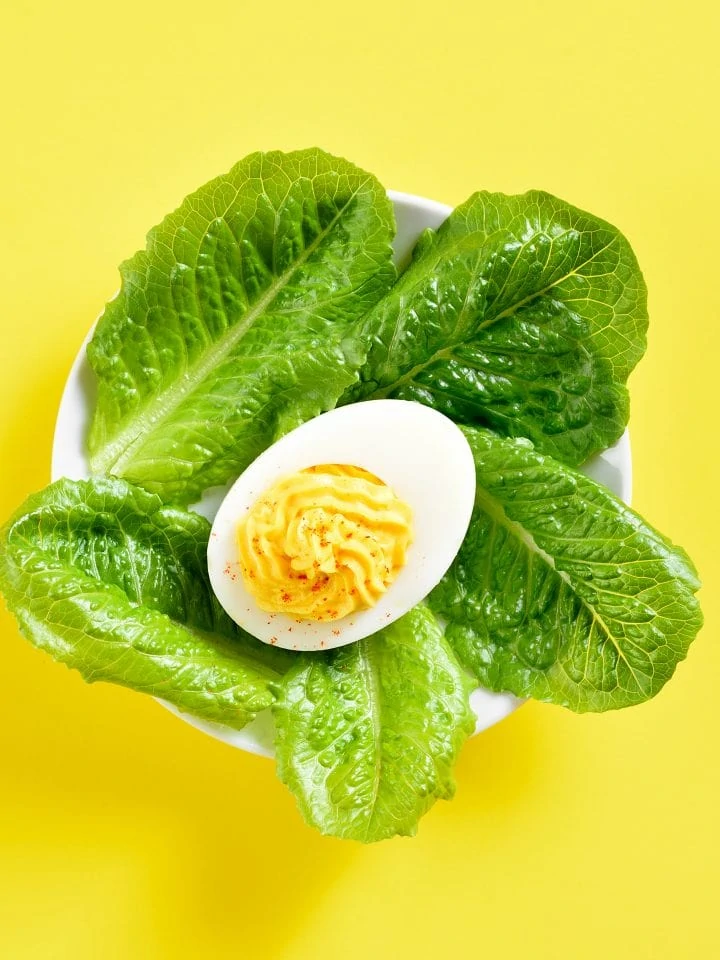
Comments
No Comments